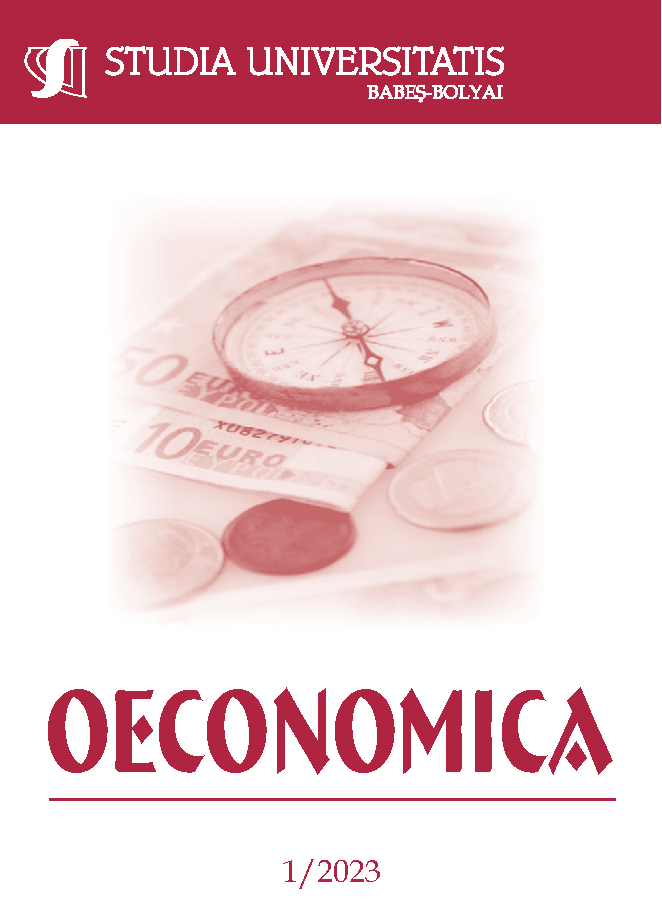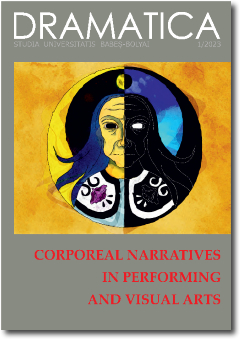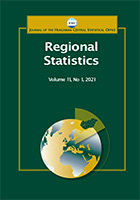Comparative analysis of labour markets in Ukraine, Armenia, Moldova, and Estonia: Institutional approach, 1995–2020
Author(s): Aliaksei Zhurauliou,Jordan Palomino,Olena Gulevych,László Vasa / Language(s): English
/ Issue: 01/2023
Keywords: labour market; institutional economics; unemployment; regional features; transition of different speeds; life expectancy
The study investigates the labour market and economic transformation in Armenia, Estonia, Moldova, and Ukraine. After the 30th anniversary since gaining independence. all 15 former Soviet states demonstrated different speeds and results of economic transition. While Estonia is known as the most successful post-Soviet state, Ukraine and Moldova are still transforming their economies towards joining the EU, and Armenia is part of the pro-Russian economic bloc. This study aims to compare labour markets through the prism of institutional transformations. The econometric modelling revealed the relationship between institutional aspects of the labour market and further economic development. The labour market of the post-Soviet countries in general, and those of Ukraine, Armenia, Moldova, and Estonia in particular, do not constitute a significant part of the global labour market. However, their important regional features allow us to assess the level of institutional transformations of the economies of these countries. The tools and methodological approaches used in this study can be used for further research in the field of labour and institutional economics to understand the transformational processes of different speeds that are taking place in the post-Soviet space.The choice of countries for research is due to their inclusion in the economic complex of the former USSR, being in Europe, the polarity of the integration course, similar demographic trends, and since the authors of this study had the opportunity to visit these countries in 2020–2021. The random-effect regression model results indicated that the life expectancy at birth has a statistically significant impact on GDP, unlike traditional labour market indicators such as years of schooling, unemployment, and female participation in labour force.
More...



